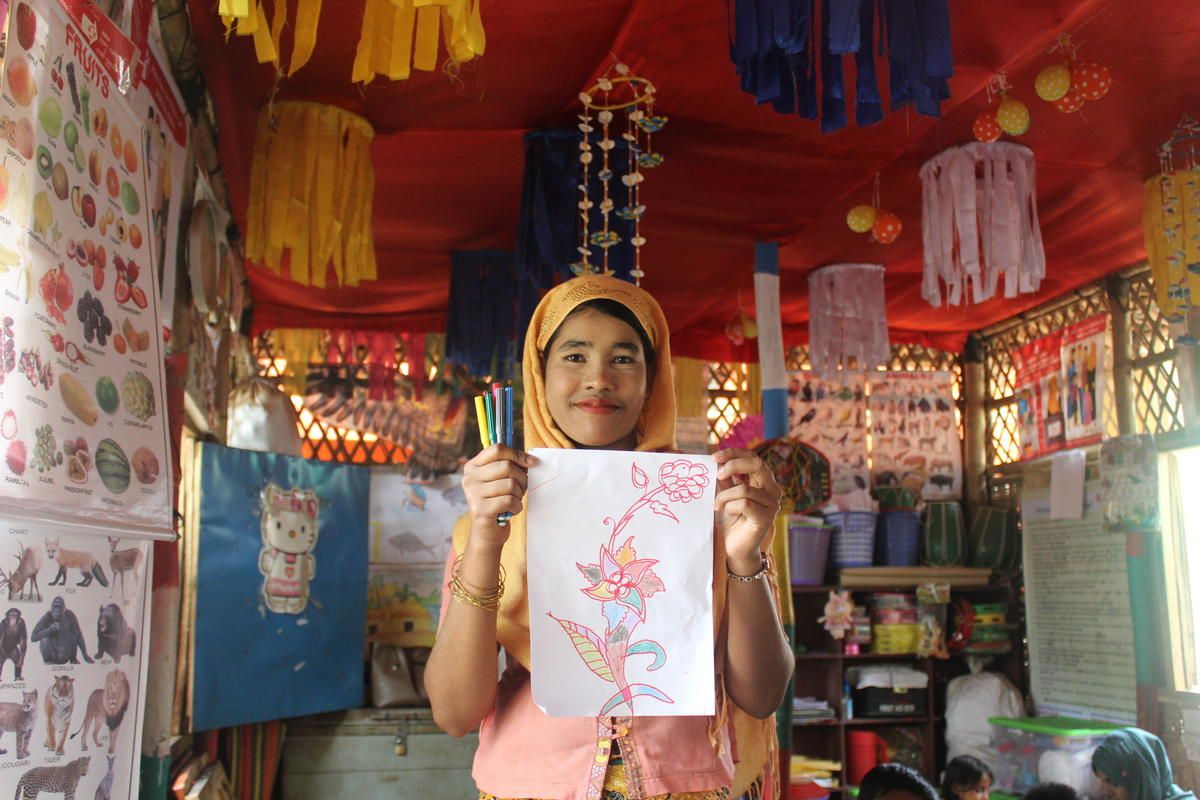
How a Soap Opera Helped to Reduce Child Marriage
South Asia is home to nearly half of all child marriages worldwide. Yet, in recent years, several countries in the region have made remarkable progress in tackling this deep-rooted issue. A new report published on the Save the Children Resource Centre showcases innovative strategies that have contributed to this progress - from community education programmes to school completion incentives, and even a soap opera.
Main Kuch Bhi Kar Sakti Hoon (‘I, A Woman, Can Achieve Anything’) first aired in India in 2014. it followed the life of protagonist Dr Sneha, who leaves her successful career in Mumbai to work in her home village. Through her journey, the series addressed sensitive but urgent issues affecting young women in India, including child marriage, early pregnancy, and sex selection.
The programme was at the centre of a multi-media educational initiative established by the Population Foundation of India designed to challenge discriminatory and harmful social norms. The series was translated into several languages and adapted for radio, YouTube, and various social media platforms. At its peak, it had the highest cumulative viewership of any show on Indian television.
The campaign’s strength lay in its reinforced messaging across multiple channels. Evaluations show that it helped to boost awareness of anti-child marriage legislation in India and was associated with more progressive attitudes. 77% of people who were exposed to the programme felt that girls should complete their education and be at least 18 before getting married compared to 68% of those who did not watch the programme.
This initiative exemplifies the use of Entertainment-Education strategies to transform attitudes and behaviours surrounding child marriage. Similar programmes have been implemented elsewhere, such as the Rupantara radio show in Nepal. The new Resource Centre report demonstrates how such strategies can address child marriage and other social issues in an engaging and non-threatening way, while also reaching a mass audience.
The report, which focused on key interventions in India, Pakistan, Bangladesh and Nepal, also highlights several other factors that have contributed to the notable reductions in child marriage rates in South Asia, including:
- Conditional Cash Transfers to keep girls in school longer as a means of improving their economic prospects.
- Community education programmes involving political leaders, religious figures, parents, and young people to challenge harmful beliefs.
- Stronger legal mechanisms to better identify and respond to child marriage cases.
- Context-specific solutions tailored to the unique drivers of child marriage in each country.
Learnings from these countries suggest the need for localised, evidence-based, and creative solutions in the global fight against child marriage.
Explore global data on child marriage in the Child Atlas.
This study was produced as part of the LSE International Development Consultancy Project 2025. The views expressed in this report are those of the authors and do not necessarily reflect the views of Save the Children.
Related stories:
Related stories

Beyond Barbie Land: the Global Burden of Child Marriage
Gender equality and women and girls’ empowerment (GE)
Child protection (CP)
2023-09-11

Unveiling the invisible: The urgency of Birth Registration for every child
Child protection (CP)
2024-03-01